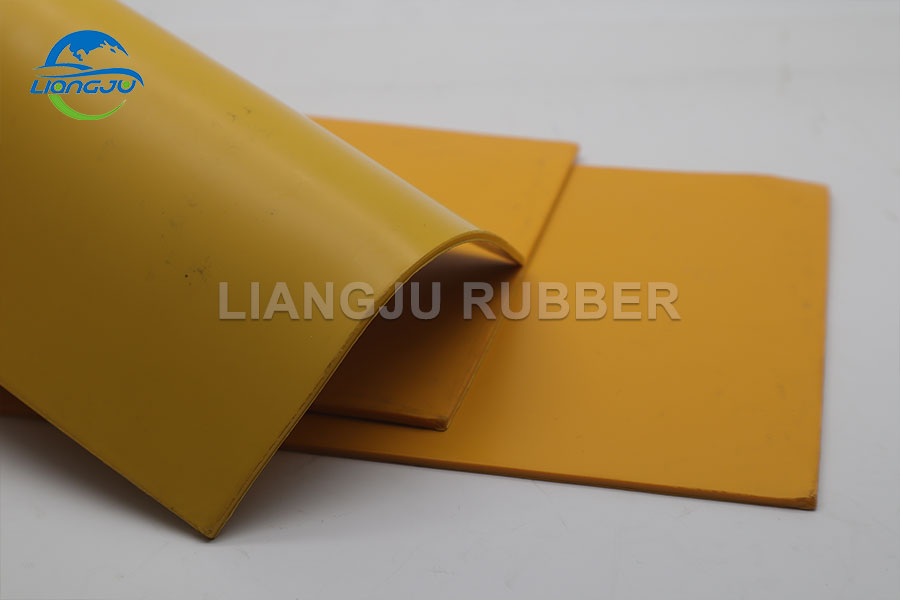Exploring the Versatility: Primary Applications of SBR Rubber Compound in Industrial and Commercial Settings
2024-06-24
Rubber compounds play a crucial role in various industries, providing essential properties that enhance performance and durability in diverse applications. Among these, SBR (Styrene-Butadiene Rubber) compound stands out for its versatility and cost-effectiveness. In this blog, we delve into the primary applications of SBR rubber compound across industrial and commercial sectors, highlighting its indispensable role in modern manufacturing.
Understanding SBR Rubber Compound
SBR rubber compound is a synthetic rubber derived from styrene and butadiene. It combines the properties of both materials to create a versatile elastomer known for its resilience, abrasion resistance, and affordability. These characteristics make it suitable for a wide range of applications where durability and cost-efficiency are paramount.
Automotive Industry
1. Tire Manufacturing: SBR rubber compound is extensively used in tire production due to its excellent abrasion resistance and grip on various road surfaces. It enhances tire longevity and performance, making it a preferred choice for both passenger and commercial vehicles.
2. Automotive Seals and Gaskets: In addition to tires, SBR rubber compound is used in manufacturing seals and gaskets for automotive engines, doors, windows, and other components. Its sealing properties help prevent leakage of fluids and gases, ensuring optimal vehicle performance and safety.
Construction and Building Materials
3. Roofing Materials: SBR rubber compound is incorporated into roofing membranes and sealants due to its weather resistance and flexibility. It helps create durable and waterproof roofing systems that protect buildings from moisture and environmental elements.
4. Flooring and Matting: In commercial settings, SBR rubber compound is used to manufacture durable flooring tiles, mats, and underlayments. Its shock absorption and slip-resistant properties enhance safety and comfort in workplaces, gyms, and public spaces.
Industrial Applications
5. Conveyor Belts and Rollers: SBR rubber compound is crucial in conveyor belt manufacturing for its resilience and ability to withstand abrasion, impact, and heavy loads. It ensures smooth material handling in industries such as mining, logistics, and manufacturing.
6. Industrial Hoses and Tubing: SBR rubber compound is used to produce flexible hoses and tubing for conveying fluids and gases in industrial processes. Its resistance to chemicals and oils makes it suitable for diverse applications across different industries.
Consumer Goods and Miscellaneous Applications
7. Footwear: SBR rubber compound is utilized in the production of shoe soles and components for its durability, flexibility, and cost-effectiveness. It provides comfort and traction in various footwear styles, from casual sneakers to specialized work boots.
8. Sporting Goods: From balls and mats to protective gear, SBR rubber compound enhances the performance and safety of sporting equipment. Its shock absorption and weather resistance make it ideal for outdoor and indoor sports applications.
Environmental Considerations
SBR rubber compound can be recycled and repurposed, contributing to sustainable manufacturing practices. Its durability reduces the frequency of replacements, lowering overall environmental impact. Manufacturers continue to innovate with eco-friendly formulations and processes to further enhance sustainability.
Conclusion
The applications of SBR rubber compound in industrial and commercial settings underscore its versatility, durability, and cost-effectiveness. From automotive components and construction materials to industrial machinery and consumer goods, SBR rubber compound plays a pivotal role in enhancing product performance and longevity across diverse sectors. As technology advances and environmental awareness grows, the role of SBR rubber compound in sustainable manufacturing practices continues to evolve, ensuring its relevance in the modern industrial landscape.



